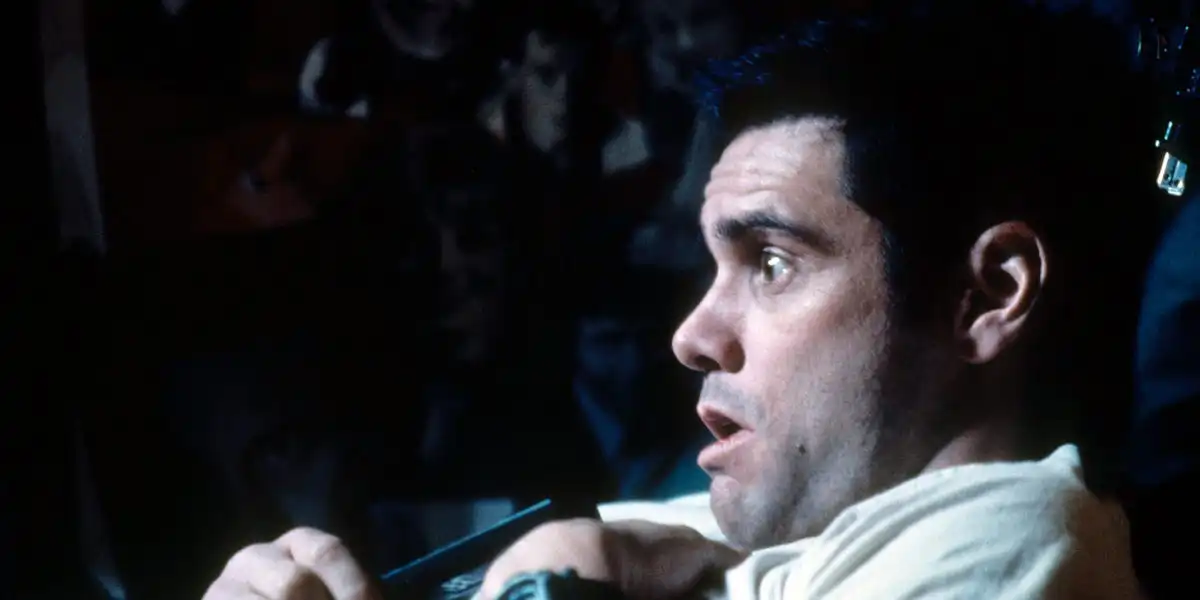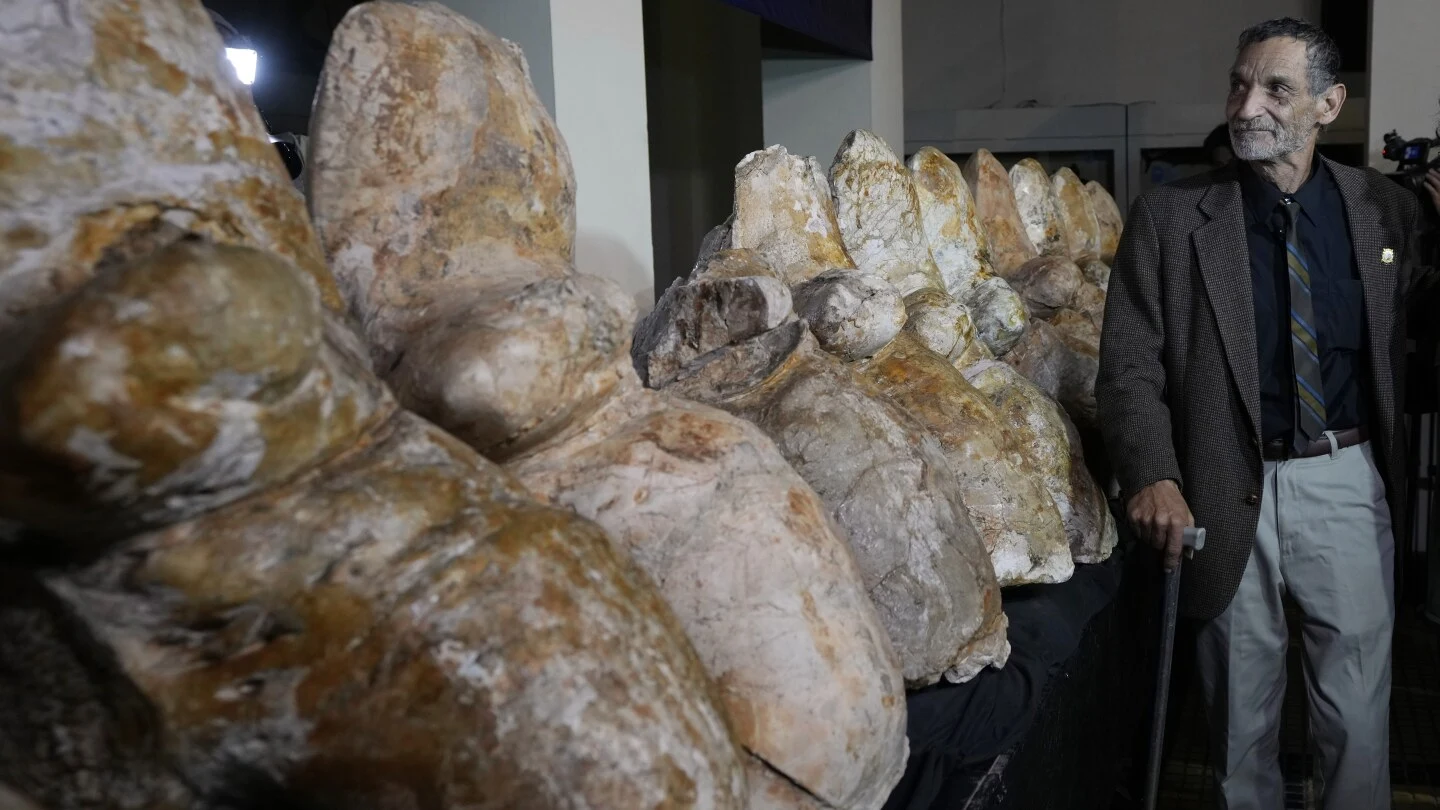
Some tech is getting pricier and looking a lot like the older services it was supposed to beat. From video streaming to ride-hailing and cloud computing.


Some tech is getting pricier and looking a lot like the older services it was supposed to beat. From video streaming to ride-hailing and cloud computing.

Sooner or later, everything old is new again.
We may be at this point in tech, where supposedly revolutionary products are becoming eerily similar to the previous offerings they were supposed to beat.
Take video streaming. In search of better profitability, Netflix, Disney, and other providers have been raising prices. The various bundles are now as annoyingly confusing as cable, and cost basically the same. Somehow, we're also paying to watch ads. How did that happen?
Amazon Prime Video costs $9 a month and there are no ads. Oh, except when Thursday Night Football is on. Then there are loads of ads. And Amazon is discussing an ad-supported version of the Prime Video service, according to The Wall Street Journal. That won't be free, I can assure you.
Paramount+ with Showtime costs $12 a month and the live TV part has commercials and a few other shows include "brief promotional interruptions," according to the company. Translation: ads.
Streaming was supposed to be better and cheap

A newly studied species of ancient whale might be the heaviest animal ever found. Scientists reported Wednesday that the creature could challenge the blue whale’s title as the heaviest animal to live on Earth.

There could be a new contender for heaviest animal to ever live. While today’s blue whale has long held the title, scientists have dug up fossils from an ancient giant that could tip the scales.
Researchers described the species — named Perucetus colossus, or “the colossal whale from Peru” — in the journal Nature on Wednesday. Each vertebra weighs over 220 pounds (100 kilograms) and its ribs measure nearly 5 feet (1.4 meters) long.
“It’s just exciting to see such a giant animal that’s so different from anything we know,” said Hans Thewissen, a paleontologist at Northeast Ohio Medical University who had no role in the research.
The bones were discovered more than a decade ago by Mario Urbina from the University of San Marcos’ Natural History Museum in Lima. An international team spent years digging them out from the side of a steep, rocky slope in the Ica desert, a region in Peru that was once underwater and is known for its rich marine fossils. The results: 13 vertebrae from the wha